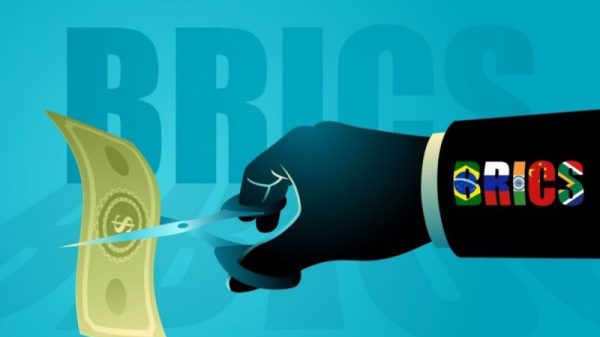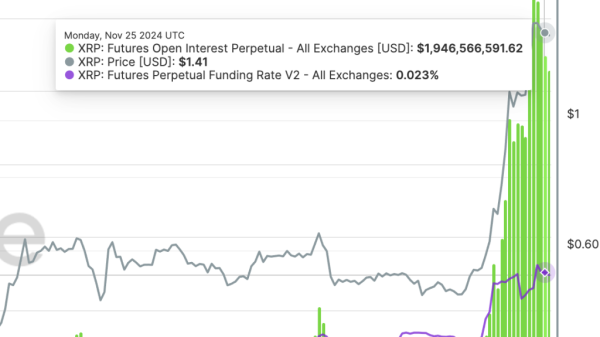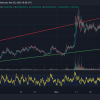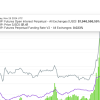Under the framework of global economics and finance, trading economics stands as a core focus. Comprehensive understanding of this concept is vital for anyone desiring to venture into the financial or economics frontier, either as a professional or a trader. This article unravels the deep yet fascinating world of trading economics, how it influences financial decision making, and its effects on global economic games.
Essentially, trading economics revolves around the profound analysis and interpretation of economic indicators. These indicators provide critical information about an economy’s performance. For instance, aspects such as inflation rates, unemployment levels, gross domestic product (GDP), and retail sales data reflect the overall health of an economy.
In the world of finance and economic trading, these indicators are the guiding light. They provide investors and traders with the power to understand market trends, influencing their decisions so they can formulate strategic positions beneficial to their financial goals.
The GDP, for example, presents the total monetary worth of the goods and services produced over a specific period. A steady or increasing GDP implies the economy is sound or growing, thereby enticing investors to inject their capital into the stock market. On the other hand, if the GDP shows a declining trend, traders and investors may hold back their investments and even sell off their current assets.
Another insightful indicator is the job report, encompassing unemployment rates and non-farm payroll data. It gives an economic forecast where low unemployment and rising non-farm payroll signify robust economic growth. When things look rough, as evidenced by increasing unemployment rates and less than promising non-farm payroll data, traders may gravitate towards safe-haven assets like gold.
When it comes to inflation rates, a moderate rise is usually a positive sign of a steady economy. It indicates good purchasing power and incites confidence among consumers and investors alike. However, hyperinflation or deflation can be concerning, distorting market equilibrium and potentially causing economic instability.
Industry sectors like retail sales also participate in the global economic tableau. Robust retail sales data symbolize consistent consumer spending, hinting at a prosperous economy. However, declining retail sales might represent a slowing economy as consumer purchasing power weakens.
Trading economics, in the world of global finance, is similar to piecing together a jigsaw puzzle. It’s about interpreting different economic indicators to form a big-picture interpretation of the economic conditions. However, the art is not only in understanding individual indicators but appreciating how they interrelate.
For instance, an increase in inflation may result in central banks hiking interest rates to stabilize the economy. These higher interest rates, in turn, could decrease consumer spending, translating into lower retail sales. Consequently, it’s vital to comprehend all these interconnected dynamics while playing on the global economic stage.
Trading economics also influences forex trading extensively. Currency values often respond to the country’s overall economic performance. Therefore, investors can leverage strong fundamental economic data to make informed decisions, either to buy or sell currency pairs.
One cannot underestimate the role of trading economics in shaping global economic landscapes and trader behaviors. To navigate such complex terrains, one must understand the significance of economic indicators, industry sectors, and the intricate interrelations that exist within the broader economic scene. With this understanding, a trader or investor can strategically position themselves for






























